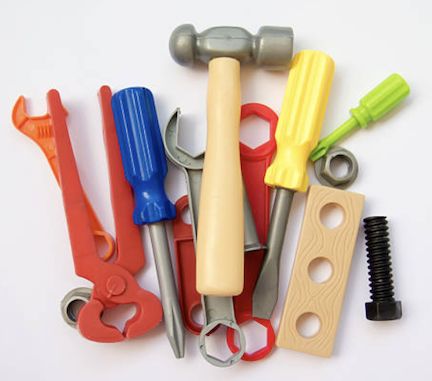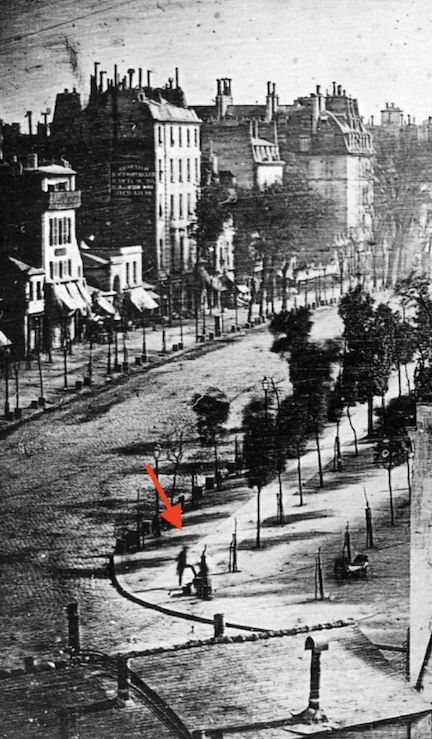The Ways of a Sloth

Yes, it's true. In fact, they can actually hold their breath up to 45 minutes at a time.
Believe it or not, yes! Sloths can hold their breath for up to 40 minutes, while dolphins typically last around 10 to 15 minutes before surfacing for air. Sloths have an incredibly slow metabolism, which allows them to reduce their heart rate and conserve oxygen when submerged. Meanwhile, dolphins, as mammals, need to breathe frequently despite their aquatic lifestyle.
The reason these land-dwelling, super submersibles are so adept at breath holding is due to some unique physiological characteristics:
Their secret lies in their low metabolic rate and unique respiratory control:
Slow Metabolism: Sloths burn energy at an incredibly slow rate, which means their bodies require less oxygen than most mammals. This allows them to hold their breath much longer without experiencing distress.
Bradycardia (Reduced Heart Rate): When submerged, sloths can slow their heart rate by up to one-third, significantly reducing their oxygen demand. This trick is common in diving animals like seals but is unusual for a land-dwelling creature.
Efficient Oxygen Storage: Sloths have a high concentration of myoglobin in their muscles, which helps store oxygen for prolonged periods. This trait is typically seen in deep-diving marine mammals like whales and dolphins.
Minimal Movement: Their famously slow and deliberate movements mean they don’t burn oxygen rapidly, further extending their ability to function without fresh air.
All of these adaptations make sloths surprisingly well-equipped for survival—even underwater!
When it comes to their biology and physiology, sloths are some pretty amazing creatures. Yet these very characteristics — like their unusually slow metabolism and sluggish movements — have given them a pretty bad rap in Scripture.
"Do not be slothful in zeal, be fervent in spirit, serve the Lord" (Romans 12:11, ESV).
"The desire of the sluggard kills him, for his hands refuse to labor. All day long he craves and craves, but the righteous gives and does not hold back" (Proverbs 21:25-26, ESV).
"But his master answered him, ‘You wicked and slothful servant! You knew that I reap where I have not sown and gather where I scattered no seed?'" (Matthew 25:26, ESV).
"So that you may not be sluggish, but imitators of those who through faith and patience inherit the promises" (Hebrews 6:12, ESV).
And a plethora of other references ...
The message is clear: The sloth may be perfectly acclimated for water survival, but he is utterly unequipped for spiritual survival. The ways of the sloth are not to be envied.
Useful Tools
Any of us with children know the experience of our little ones wanting to "help" when we we're in the middle of some grown-up activity or project. Picture yourself in the middle of some home repair when your 5 year old comes out of the house with their toy tools and tool belt, saying, "I want to help you, dad." Our initial reaction may be to shoo them asside and tell them that we will play with their toys later, knowing that they would be more in the way than anything.
That's when we realize that in their mind, their tools (although made of plastic) were real tools, and that their abilities (as limited as they are) are useful for the job. You can see in their little eyes a true desire to help, a true desire to make their mom or dad proud.
We know that if we allow them to "help" it will likely make the job less efficeint and more cumbersome. But in that moment we realize that the effeciency of the job is so much less important than the joy (and experience!) our child would get from helping us.

As we consider such a scenario, we cannot help but see the Word of God in plain sight. God desires for us to follow Him and serve Him. He desires us to join him in the work of the ministry and in reaching the lost with the Gospel. But we're like clumsy, ill-equipped children in His service.
Truly, God does not "need" our help. He can accomplish much with or without us. Yet, over time, he will provide us increasingly more sophisticated tools as he hones our gifts and abilities, and we will become increasingly more useful co-laborers in the work of His ministry.
"All Scripture is breathed out by God and profitable for teaching, for reproof, for correction, and for training in righteousness, that the man of God may be complete, equipped for every good work" (2 Timothy 3:16-17, ESV).
"Now may the God of peace, who through the blood of the eternal covenant brought back from the dead our Lord Jesus, that great Shepherd of the sheep, equip you with everything good that you may do his will, working in us that which is pleasing in his sight, through Jesus Christ, to whom be glory forever and ever. Amen" (Hebrews 13:20-21, ESV).
"For we are his workmanship, created in Christ Jesus for good works, which God prepared beforehand, that we should walk in them" (Ephesians 2:10, ESV).
It's The Stillness That Lasts
The "daguerreotype" was one of the earliest types of “still” photography.
A daguerreotype is created using a copper plate with a highly polished silver surface, which has been sensitised to light (by treating it with iodine fumes). The plate is exposed in a camera and the image developed using mercury vapour. The process produced sharp results that were a mirror image of the subject. It became the first commercial photographic process and was used in countries around the world for the next 20 years.
The image below, taken in 1838, is believed to be the first photograph of a person.
This daguerreotype, made by Daguerre himself, is of a busy road in Paris. Due to the long exposure time needed, anything moving in that time, such as people or vehicles were not in one place long enough to make an impression. The man in the lower left-hand corner was captured because he was standing still while he had his shoes shined.
There is no doubt the streets of Paris would have been bustling with all manner of activities that lovely, clear day. People running errands in and out of shops, horses and carriages carrying businessmen and tourists all about, children, and perhaps even stray dogs, frolicking in the parks and on the sidewalks. Yet the streets look all but deserted, save for the lone gentleman who stopped, standing quite still, to have his shoes shined.

Now consider Jesus’ lesson about the stewardship and ministries of his two, beloved female disciples, Mary and Martha.
But what do the ministries of Mary and Martha have to do with still photography, you might ask?
As Jesus and his disciples were on their way, he came to a village where a woman named Martha opened her home to him. She had a sister called Mary, who sat at the Lord’s feet listening to what he said. But Martha was distracted by all the preparations that had to be made. She came to him and asked, 'Lord, don’t you care that my sister has left me to do the work by myself? Tell her to help me!'
'Martha, Martha,' the Lord answered, 'you are worried and upset about many things, but few things are needed—or indeed only one. Mary has chosen what is better, and it will not be taken away from her.' -- Luke 10:38-42
While Martha busied herself with “many things,” Mary simply sat at Jesus' feet.
Martha was quite confident that her frantic energy and labor for the Lord’s sake was all that mattered. So she must have been taken aback to hear the Lord’s loving rebuke: “Martha, Martha, you are worried and upset about many things, but few things are needed — or indeed only one. Mary has chosen what is better, and it will not be taken away from her.”
Wait, what?! Isn’t “serving” the Lord (and others) what it’s all about?
Not according to the Lord Himself.
Absent the rest and devotion of just sitting at His feet, all our efforts and labors for Him and His kingdom are just fleeting activities.
Busy-ness of life is just that … busy-ness ... which is quickly forgotten, lost in the long exposure.
Like the images on a daguerrotype, it’s those moments when we just stop and be still before God that will last, making an eternal impression.
"Be still and know that I Am God" (Psalms 46:10).